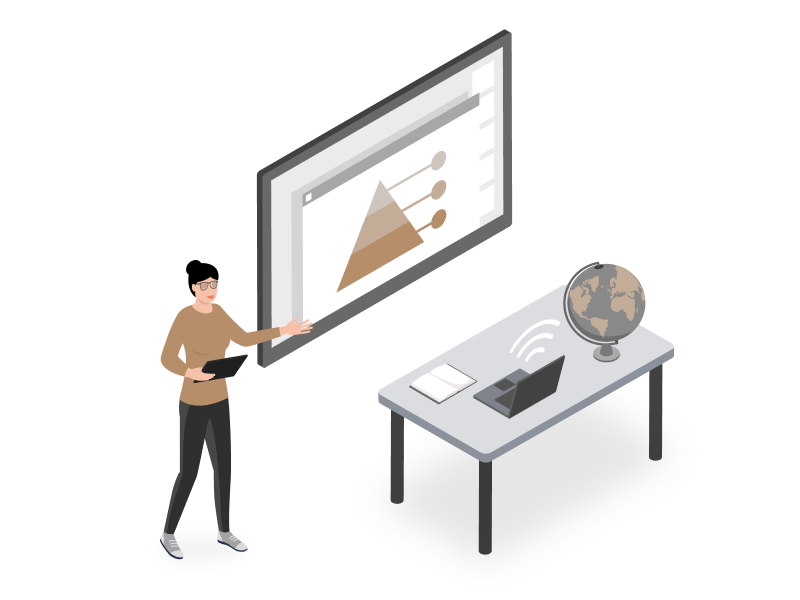 Futures trading can be a daunting task to undertake without the proper knowledge and tools. It is a derivative trading market, which means it is based on a wide range of underlying assets, from commodities like gold, silver, and oil to crops like coffee, cotton, or wheat. In this guide, we will provide a comprehensive overview of futures trading review and share some useful tips to help you make informed decisions.
Futures trading can be a daunting task to undertake without the proper knowledge and tools. It is a derivative trading market, which means it is based on a wide range of underlying assets, from commodities like gold, silver, and oil to crops like coffee, cotton, or wheat. In this guide, we will provide a comprehensive overview of futures trading review and share some useful tips to help you make informed decisions.
Before diving into futures trading, it’s important to understand what futures contracts are. They are agreements between buyers and sellers to trade a specific asset at a predetermined price and date in the future. Futures contracts are standardized in terms of quantity, quality, delivery location, and expiration date, which makes them highly liquid and easily tradable. Futures markets play a crucial role in price discovery, risk management, and hedging for different participants, including farmers, producers, consumers, investors, and speculators.
Futures trading involves a variety of market participants who have different motivations and strategies. For example, farmers can use futures contracts to protect themselves from price fluctuations and to secure a guaranteed selling price for their crops. In contrast, speculators aim to make profits by betting on the price movements of underlying assets without necessarily owning them. Hedgers use futures contracts to offset the risk of adverse price changes in their portfolios by taking an opposite position in the futures market. The key here is to have a clear understanding of your goals and risk tolerance before getting involved in the market.
The mechanics of futures trading are similar to other financial markets. You need to open a trading account with a brokerage firm that offers futures trading, choose the asset you want to trade, analyze its fundamental and technical factors, and place an order to buy or sell a futures contract. The trading platform provides you with real-time data, charts, indicators, and risk-management tools to help you make informed decisions.
One of the advantages of futures trading is leverage, which means that you can control a larger position with a smaller deposit margin. However, leverage also implies higher risks and potential losses, especially if you don’t manage your risks properly. Therefore, it’s essential to use stop loss orders, limit orders, and position sizing techniques to protect your account from significant drawdowns. Also, be mindful of the impact of seasonal factors, geopolitical events, and macroeconomic trends that can affect the prices of futures contracts.
Finally, futures trading requires a continuous learning process and monitoring of the market. You need to keep abreast of the latest news, analysis, and trends in your asset class, and adjust your strategies accordingly. Moreover, you should develop a trading plan that includes your entry and exit points, risk-reward ratio, and position management rules. By doing so, you can minimize your emotions, biases, and impulsive decisions, which can lead to costly mistakes. Remember, consistency, discipline, and patience are the keys to successful futures trading.
Conclusion:
In conclusion, futures trading can be a profitable and exciting way to invest in different asset classes while managing risks and diversifying your portfolio. However, it’s crucial to understand the basics of futures contracts, market mechanics, and trading strategies before getting involved. A good starting point is to read books, watch webinars, and practice on a demo account before risking your real money. By following our ultimate guide to futures trading, you will have a solid foundation to start your journey in this fascinating market.

